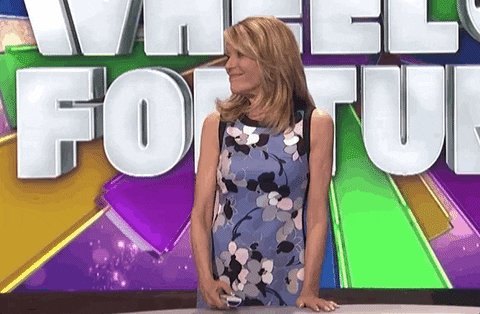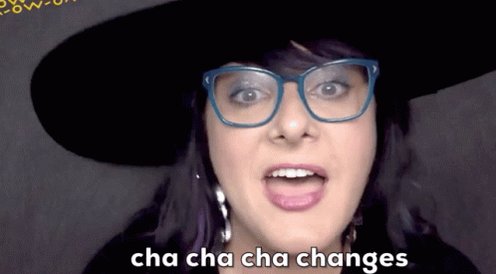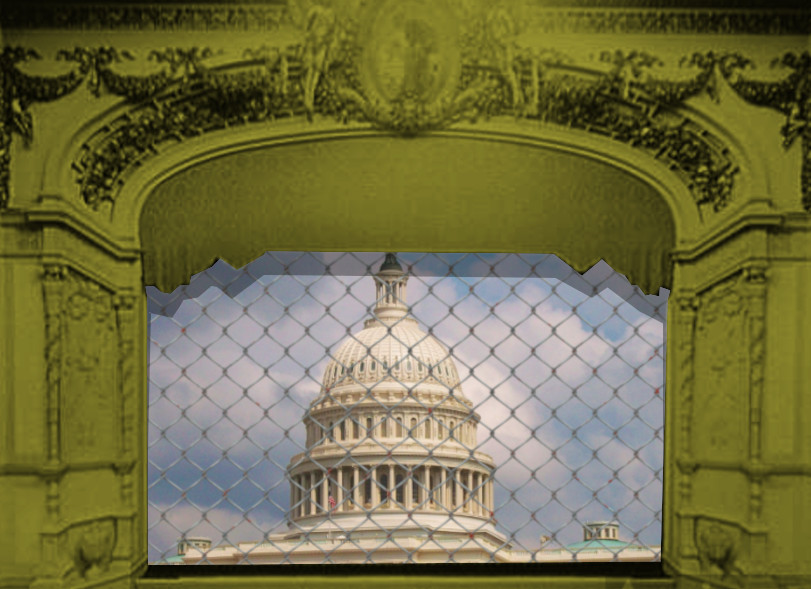1/x As we’ve been calling for since Nov, today we finally got our 2 ‘Georgia Peaches’🍑 precisely on schedule, as we’ve called for since Aug, & the underlying rotation has confirmed now for months, this matters. This is a historic turning point. It matters not only https://t.co/BFxKGrI1Oo
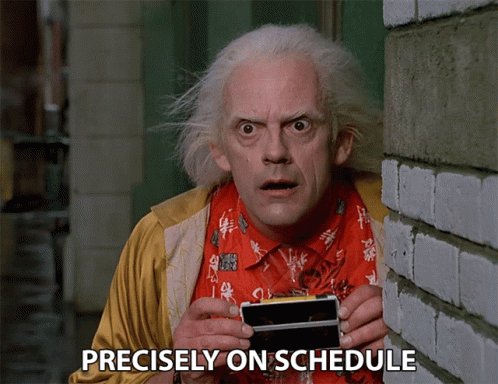
1/x Well you can\u2019t say I didn\u2019t warn you... We\u2019ve been eying that 3770.5 level and the 1/5-1/13 window for many weeks. To get it a day early, @ the lowest edge of the upper range, tells me that there\u2019s understandable concern over the impending outcome of the runoff. As I\u2019ve said https://t.co/BxG2DzdXqt pic.twitter.com/ki4sYprwIH
— Cem Karsan \U0001f950 (@jam_croissant) January 5, 2021
More from Cem Karsan 🥐
\U0001f4faOn December 13, 1982, Vanna White joined @WheelofFortune pic.twitter.com/rzrPcBTI59
— RetroNewsNow (@RetroNewsNow) December 13, 2020
2/x by both HF & Retail, but ultimately these moves are no match for our fair lady’s charming flows during this window, & should continue to support this market through 12/16 w/ qrtrly Vixperation & the Fed upon us....As I highlighted Fri, the minor correction in price/time that
3/x we got down to the 20 day, w/precise technical support at that level, paired w/ increasingly positive Dark Pool (DIX) demand was a textbook buy signal, given the timing...Despite all of this, the real story is not these positive flows nearly as much as the continued reflexive
4/x IVol compression...This is the holiday gift that keeps on giving. Along w/ continued targeted short Vol, massive calendar expansion & dispersion opportunities continue to print $ with VRP >94th % of occurrences & post 1/8 Vol still at a floor... This $ train doesn’t show any
5/x sign of stopping yet, as I expect Ivol oversupply should continue to be the dominant force through at least 12/16 & once we get through 12/21 without incident, likely beyond...W/ lots of imbedded potential energy still in the VRP to fuel more vanna/charm flows in the month to
More from For later read
Inside: Planet Money on HP's myriad ripoffs; Strength in numbers; and more!
Archived at: https://t.co/esjoT3u5Gr
#Pluralistic
1/
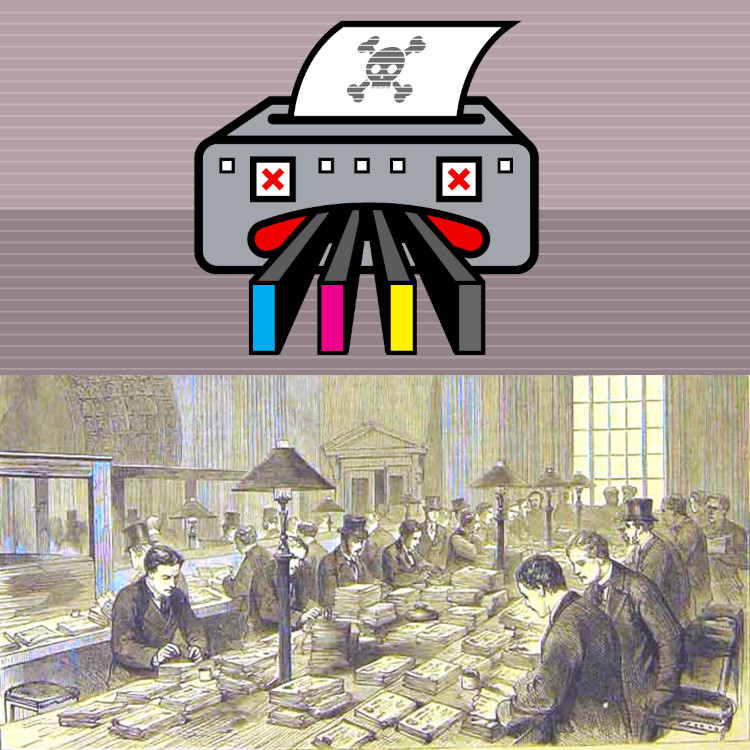
On Feb 22, I'm delivering a keynote address for the NISO Plus conference, "The day of the comet: what trustbusting means for digital manipulation."
https://t.co/Z84xicXhGg
2/

Planet Money on HP's myriad ripoffs: Ink-stained wretches of the world, unite!
https://t.co/k5ASdVUrC2
3/
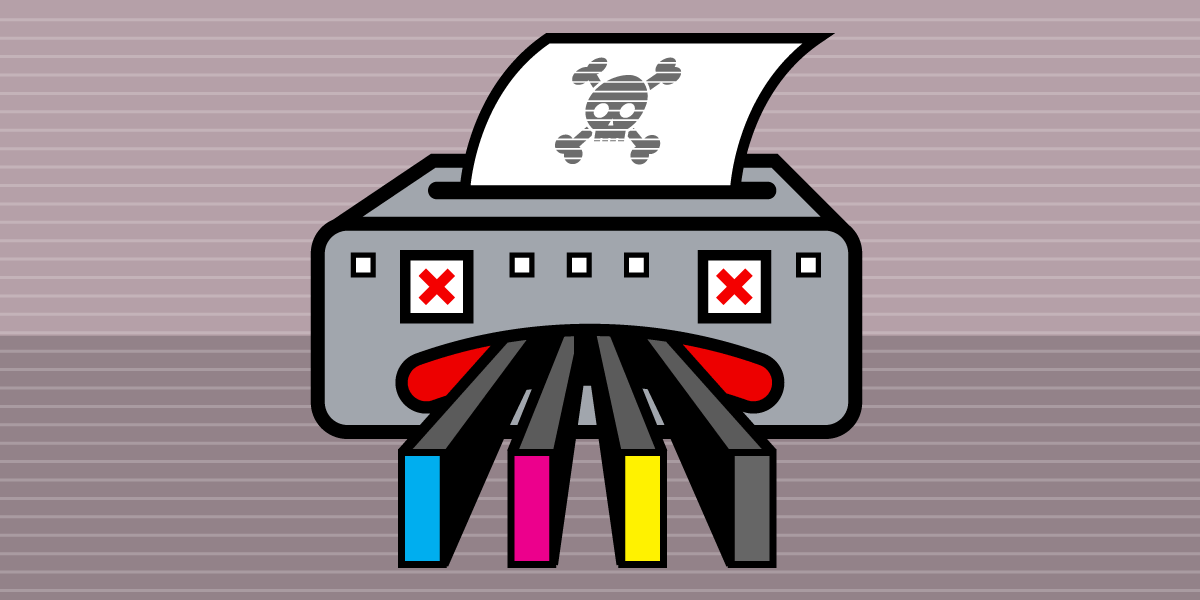
Back in November, I published an article for @EFF about @HP's latest printer-ink ripoff: after offering its customers a free-ink-for-life plan, it unilaterally switched them all to a $1/month-for-life plan.https://t.co/bsc73xPSuo
— Cory Doctorow #BLM (@doctorow) February 18, 2021
1/ pic.twitter.com/tagduPupA5
Strength in numbers: The crisis in accounting.
https://t.co/DjfAfHWpNN
4/

Accountancy is more likely to be mocked than celebrated (or condemned), but accountants, far more than poets, are the unacknowledged legislators of the world.
— Cory Doctorow #BLM (@doctorow) February 18, 2021
1/ pic.twitter.com/FaNQc66gQN
#15yrsago Bad Samaritan family won’t return found expensive camera https://t.co/Rn9E5R1gtV
#10yrsago What does Libyan revolution mean for https://t.co/Jz28qHVhrV? https://t.co/dN1e4MxU4r
5/
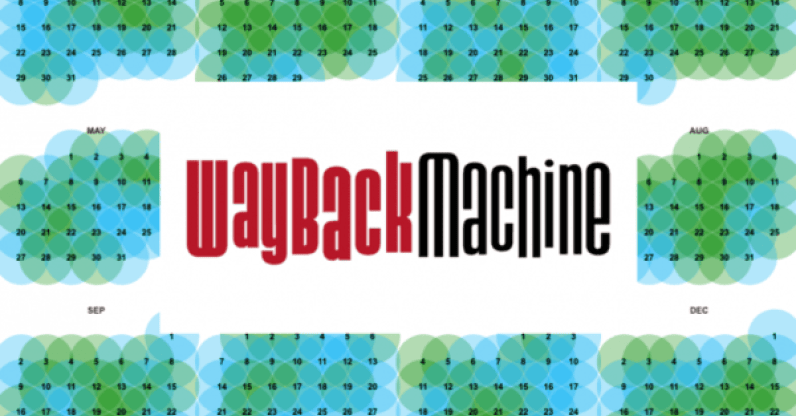
You May Also Like
One thing I've been noticing about responses to today's column is that many people still don't get how strong the forces behind regional divergence are, and how hard to reverse 1/ https://t.co/Ft2aH1NcQt
— Paul Krugman (@paulkrugman) November 20, 2018
See this thing that @lymanstoneky wrote:
And see this thing that I wrote:
And see this book that @JamesFallows wrote:
And see this other thing that I wrote:
A thread 🧵
1) Learn Anything - Search tools for knowledge discovery that helps you understand any topic through the most efficient
2) Grad Speeches - Discover the best commencement speeches.
This website is made by me
3) What does the Internet Think - Find out what the internet thinks about anything
4) https://t.co/vuhT6jVItx - Send notes that will self-destruct after being read.

